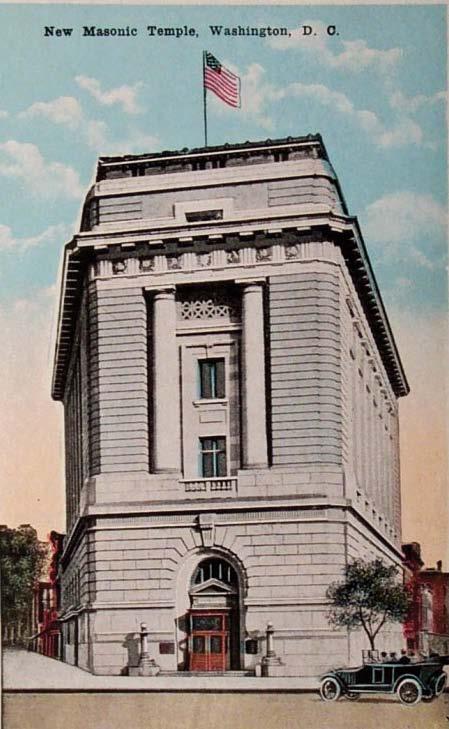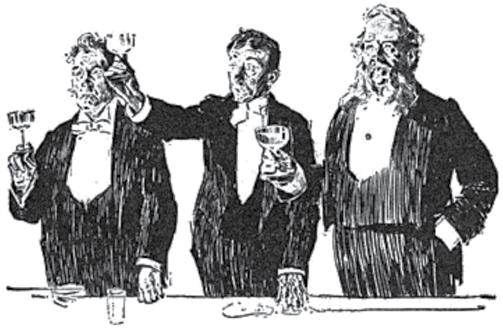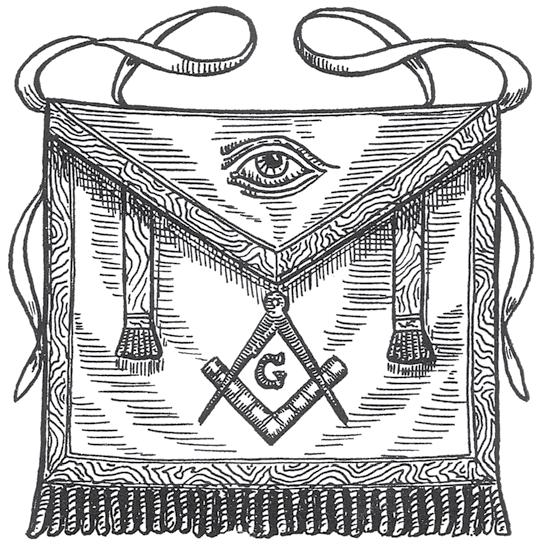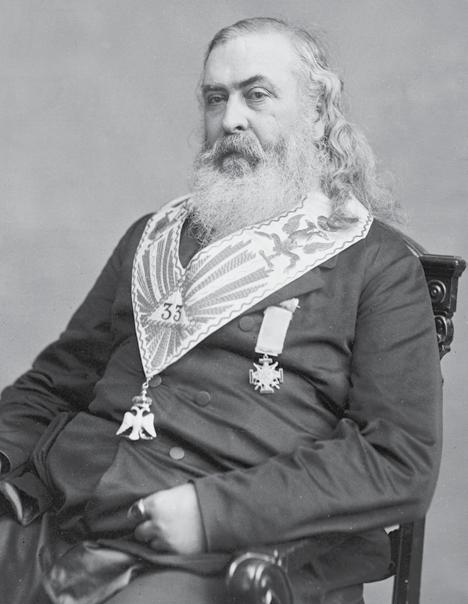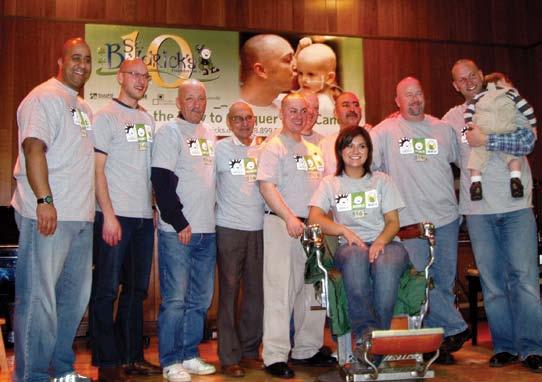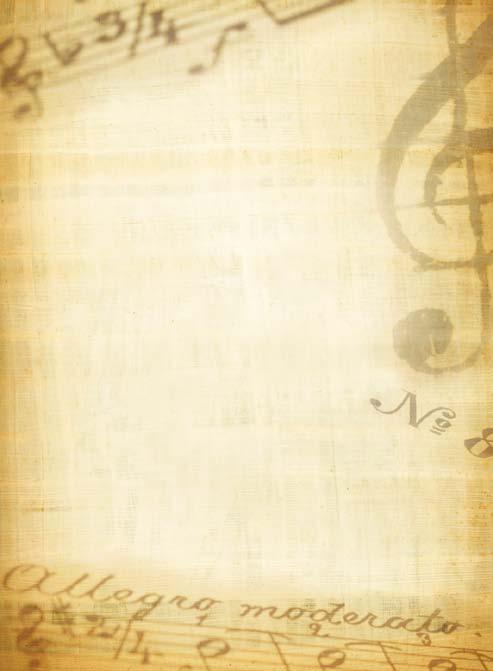brief history and philosophy of the scottish rite
A Brief History and Philosophy of the Scottish Rite Editor’s Note: In 2008, La France Lodge No. 93, a constituent lodge of this grand jurisdiction, was granted approval by the Grand Lodge to use the Scottish Rite ritual in its conferral of the three “Blue Lodge” degrees. After much effort and preparation, the brethren of La France Lodge will begin using that ritual this spring.
Introduction
T
he first three degrees summarize the major differences that exist between the Ancient and Accepted Scottish Rite (AASR) and the English Rites: Exhortations emphasize the universality of Freemasonry and there is no chaplain among lodge officers to avoid any confusion whatsoever with religion. The questioning under the blindfold, the chain of union, the embrace and triple kiss of the candidate’s “godfather”, repeated references to peace, love, joy, hearts, affections, kindest virtues and the red rose given to the new initiate, to be offered to the woman he esteems most, create more affective feelings. Manually drawing the tracing board of each degree, the bitter cup, the four purifying ordeals, the use of swords, the mirror and the perjurer’s corpse constitute a more sensorial approach triggering a more emotional state of mind conducive to a more mystical disposition. The use of swords also gives the whole Rite a definite chivalric flavor. The other differences relating to the principal officers, the steps, the tools, the ruffians’ blows, the winding staircase and middle chamber in the Third Degree and “M.B.” meaning the “Father’s Son” or “New Life” significantly modify the symbolism of the ritual. The history of the AASR accounts for these differences originating from the specific cultural environments in which the English and Scottish Rites were developed. The English Rites were established in a predominantly English Protestant culture with a more austere moral and social inspiration derived from the “Old Testament”,
The Voice of Freemasonry
6
Andre Salmon, PM La France Lodge No. 93
whereas the Scottish Rite was developed in predominantly Catholic France, inspired by the more affective and mystical message of the “Gospel”. History of the AASR The origin of Speculative Masonry is to be found in the medieval Scottish operative Masonic labor guilds. These early regulations are the “Old Charges” of operative stonemasons described in the Regius Manuscript of 1390 and William Shaw’s Statutes of 1598 and 1599. According to these documents, candidates were admitted during simple initiation ceremonies including a brief legendary history of the Craft, the articles uniting all Masons, their duties, prayers, esoteric modes of recognition and their obligation to keep this instruction secret. Scottish Freemasonry started moving to England in the 1640’s and the great fire of London in 1666 brought many more craftsmen from Ireland and Scotland to help with the reconstruction of the city. They are likely to have shared their legends and primitive Masonic rituals and catechisms. As the construction of religious buildings, castles and mansions was still going on in Scotland and Ireland, but was disappearing in Europe and England, the operative stonemasons’ lodges progressively began to “accept” non-operative speculative Masons. Speculative Masonry, at its creation, is likely to have been somewhat deprived of substance as it was influenced by the playful societies of 18th century England, meeting in taverns where talking, dining, cardplaying and even gambling prevailed over knowledge

